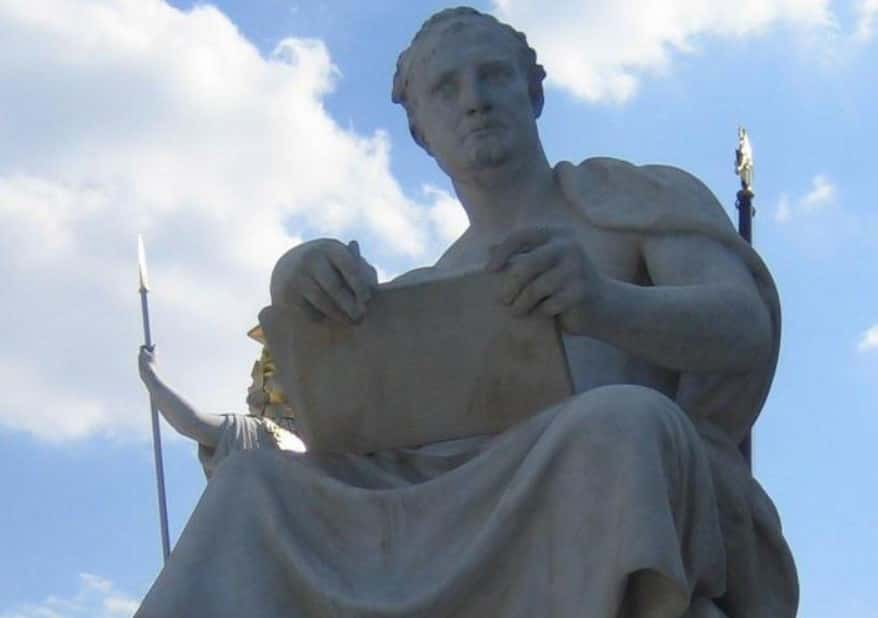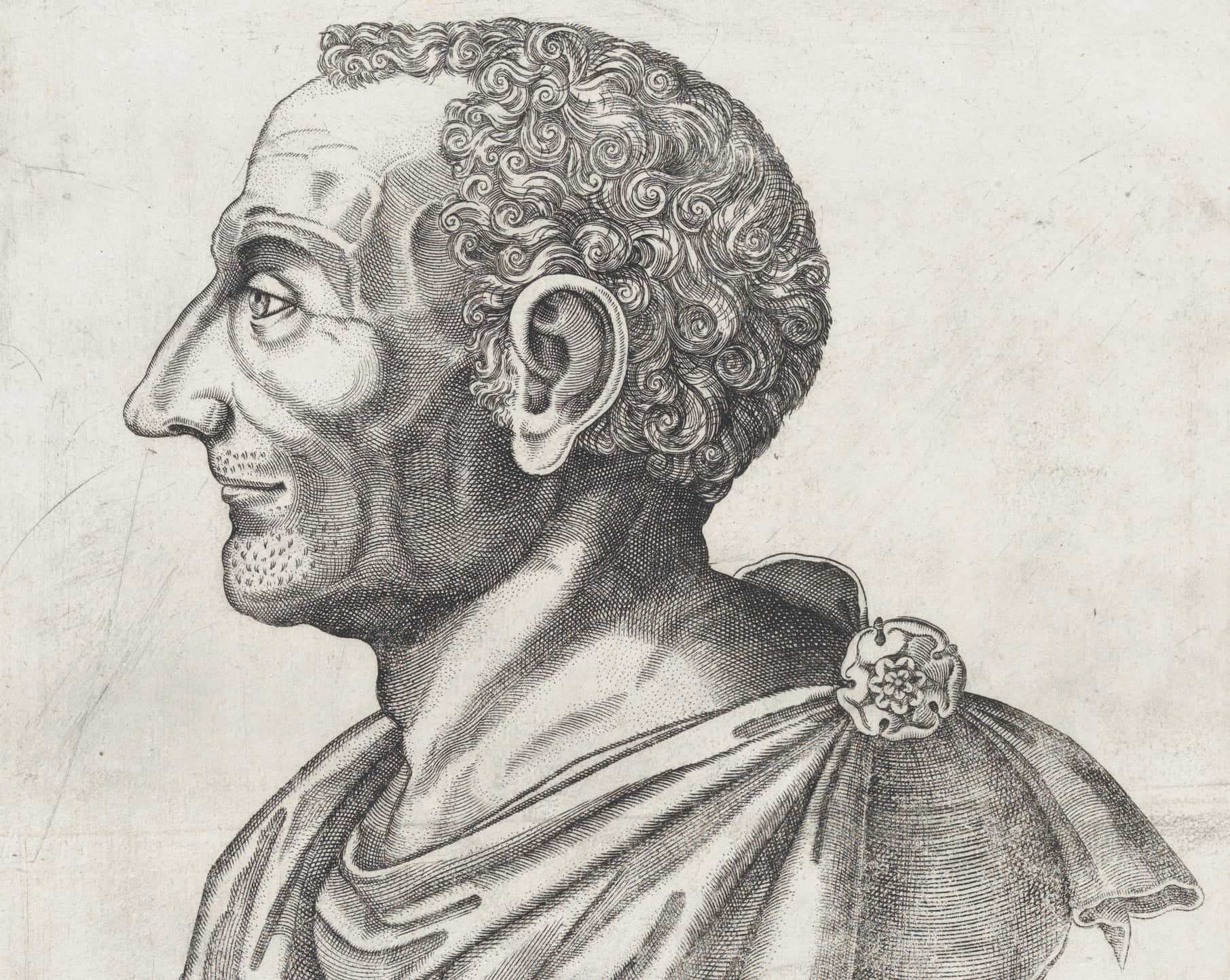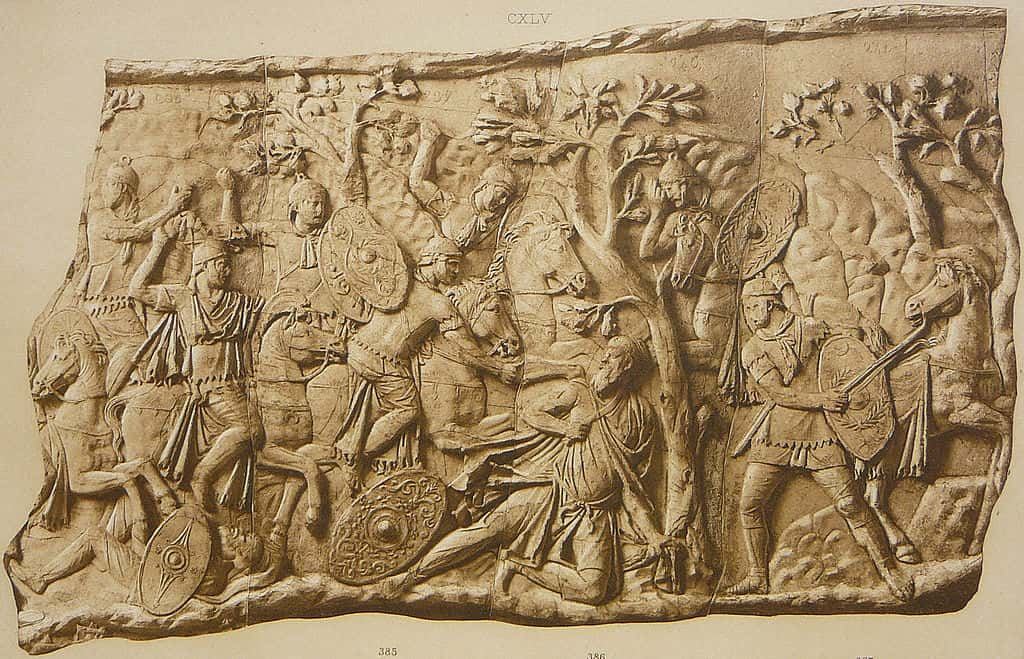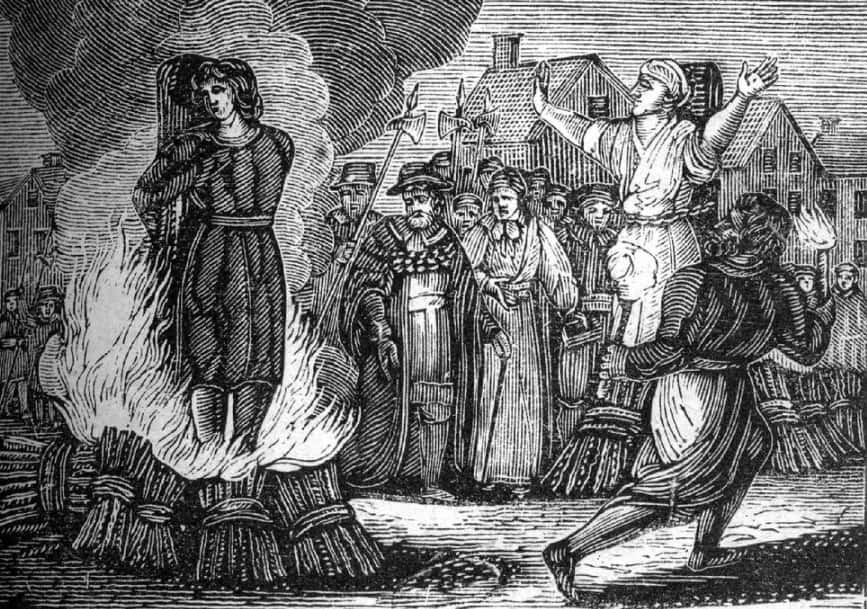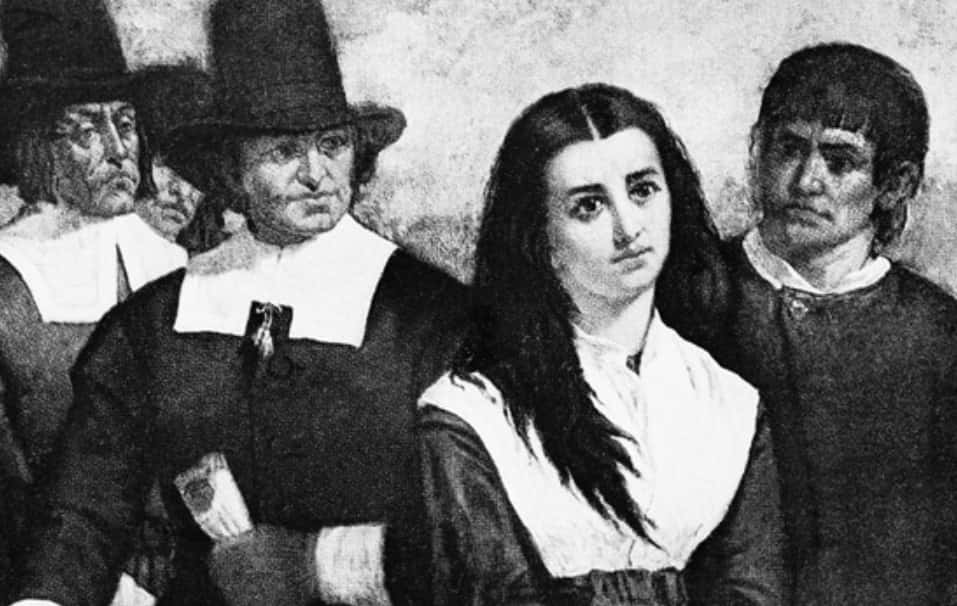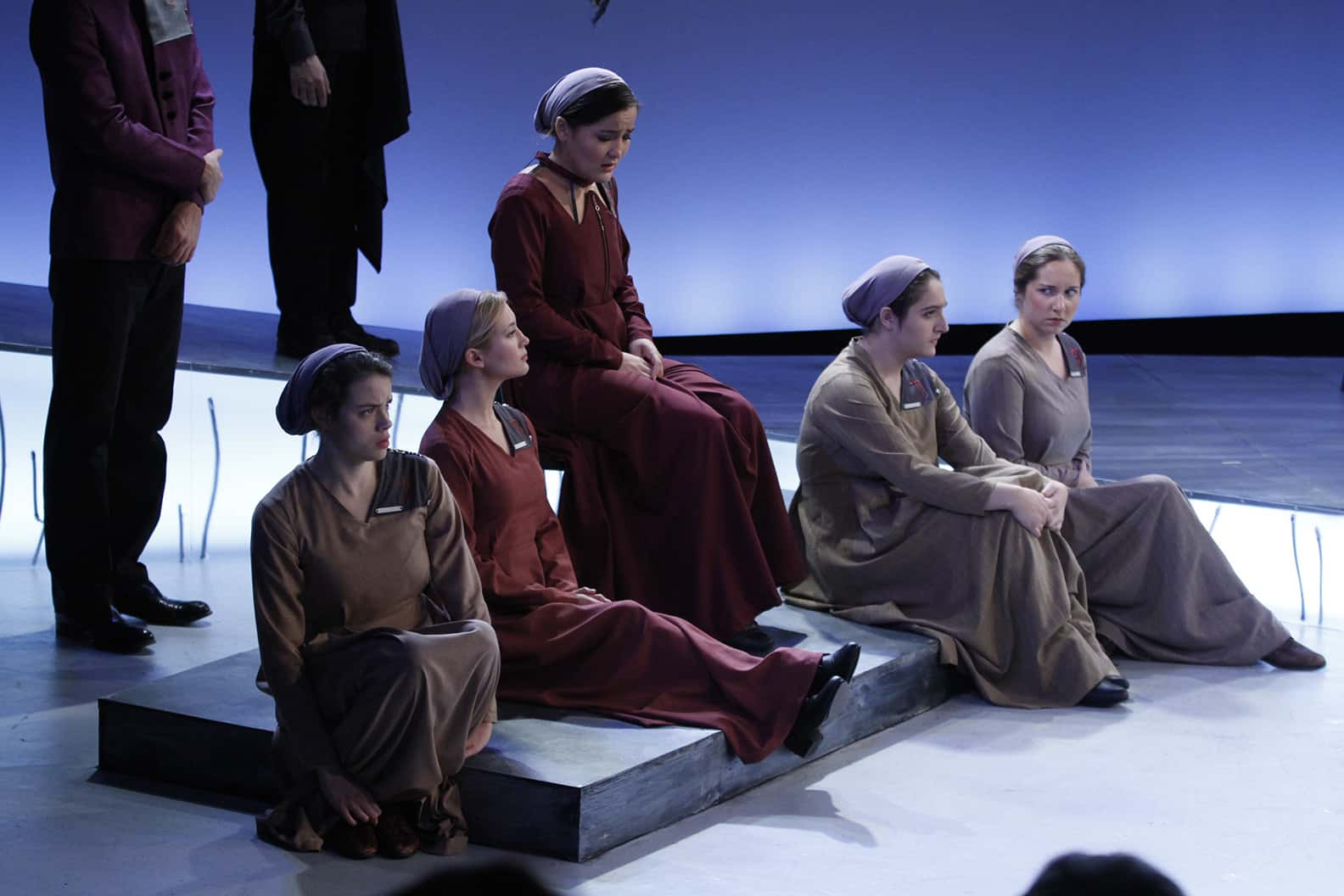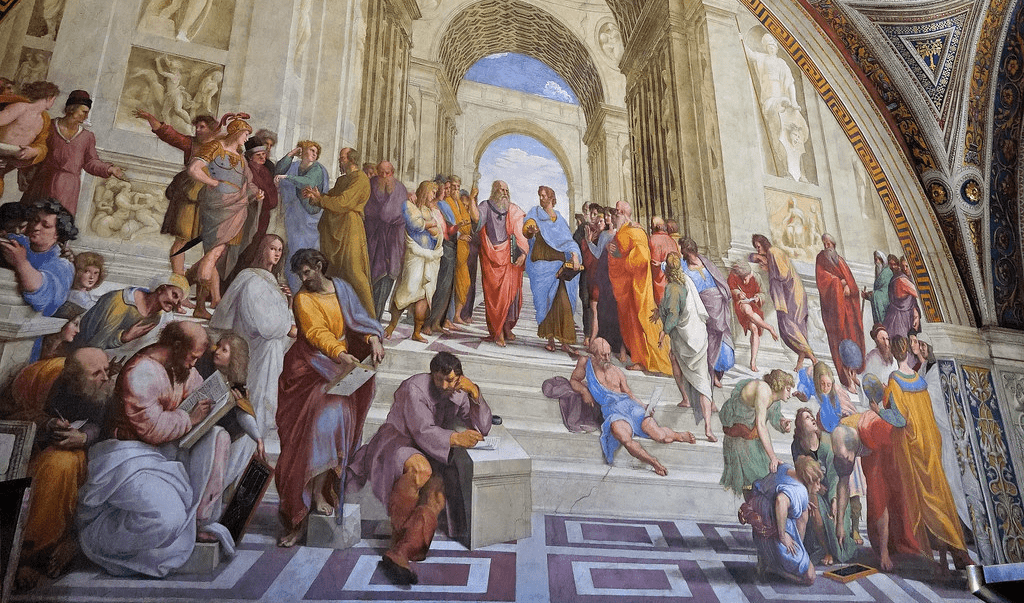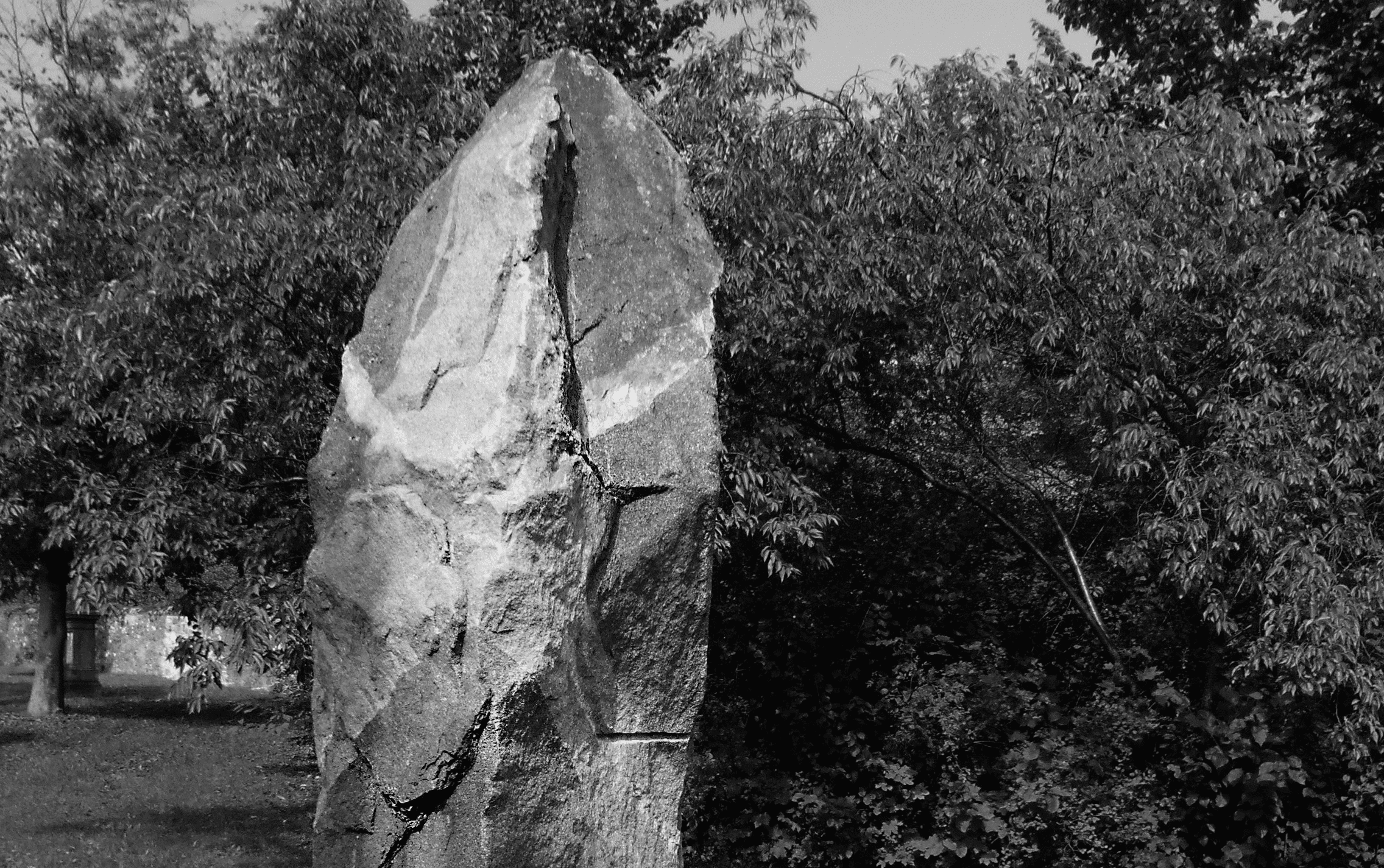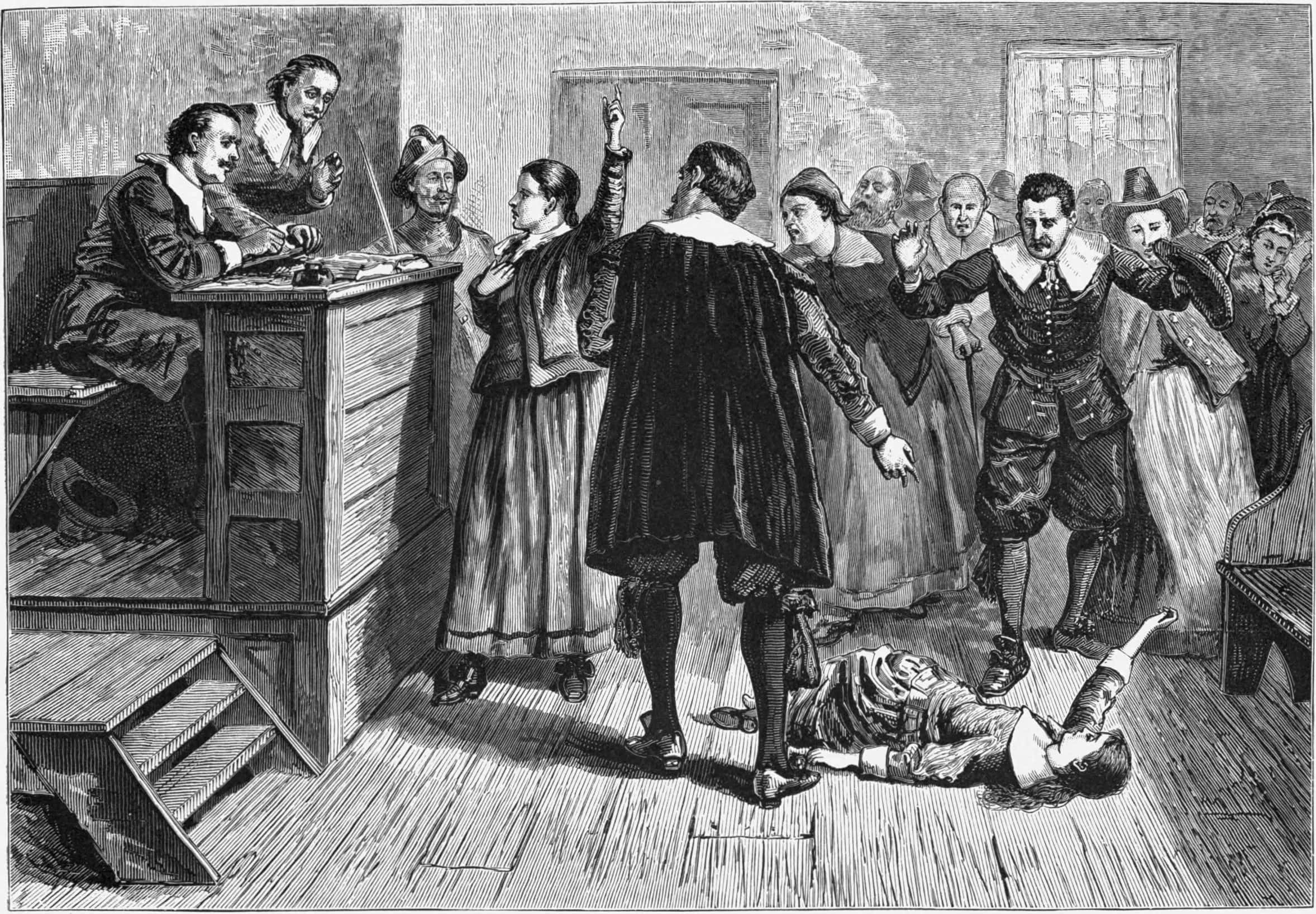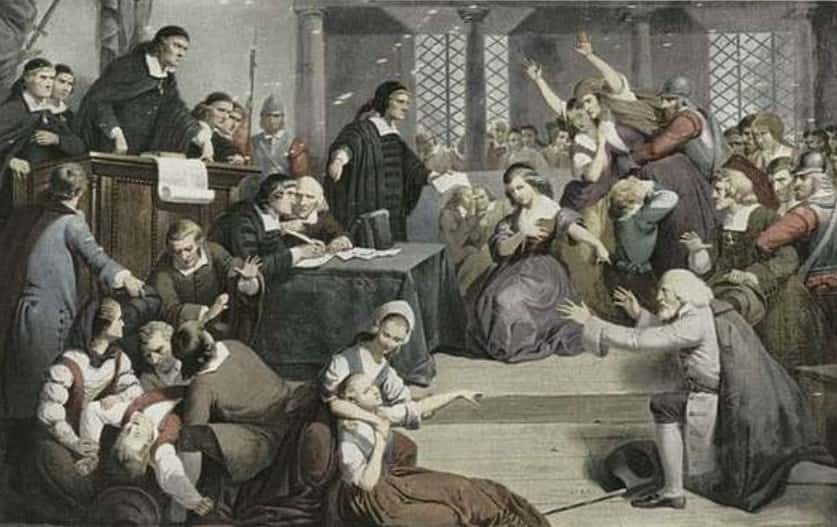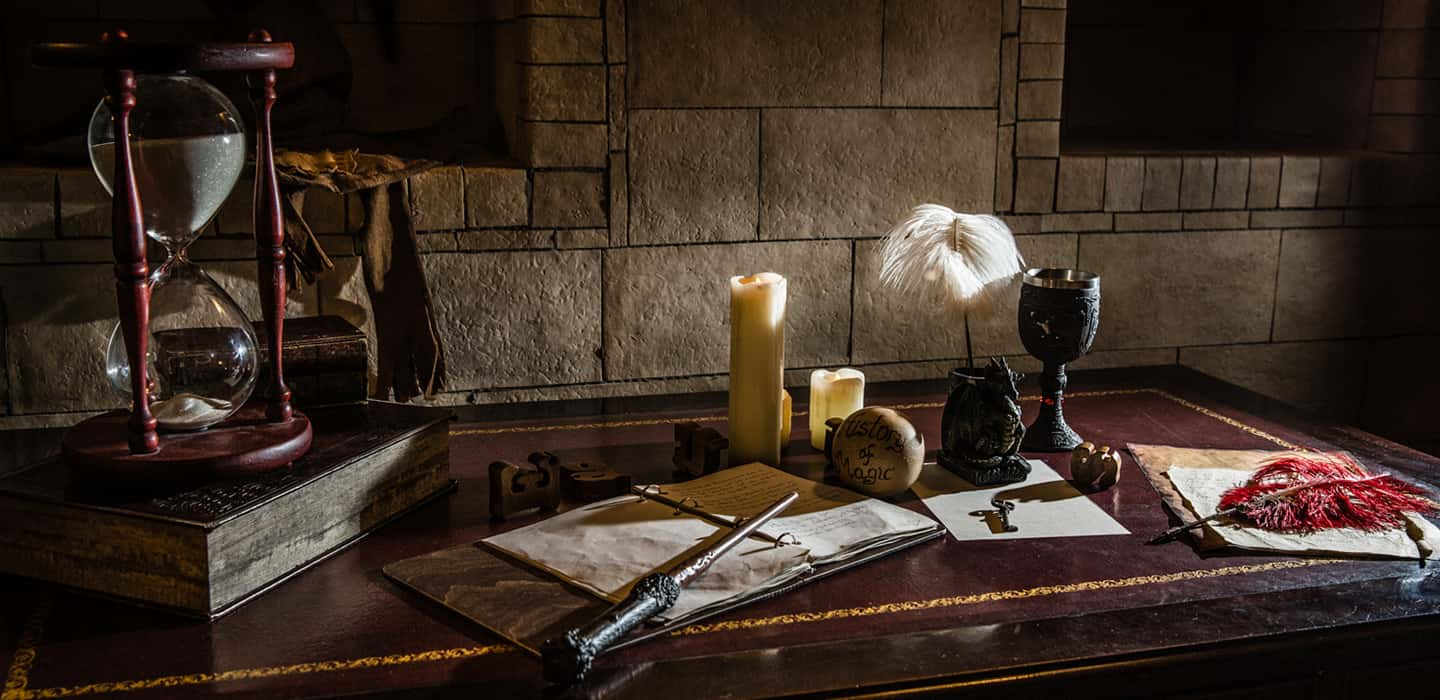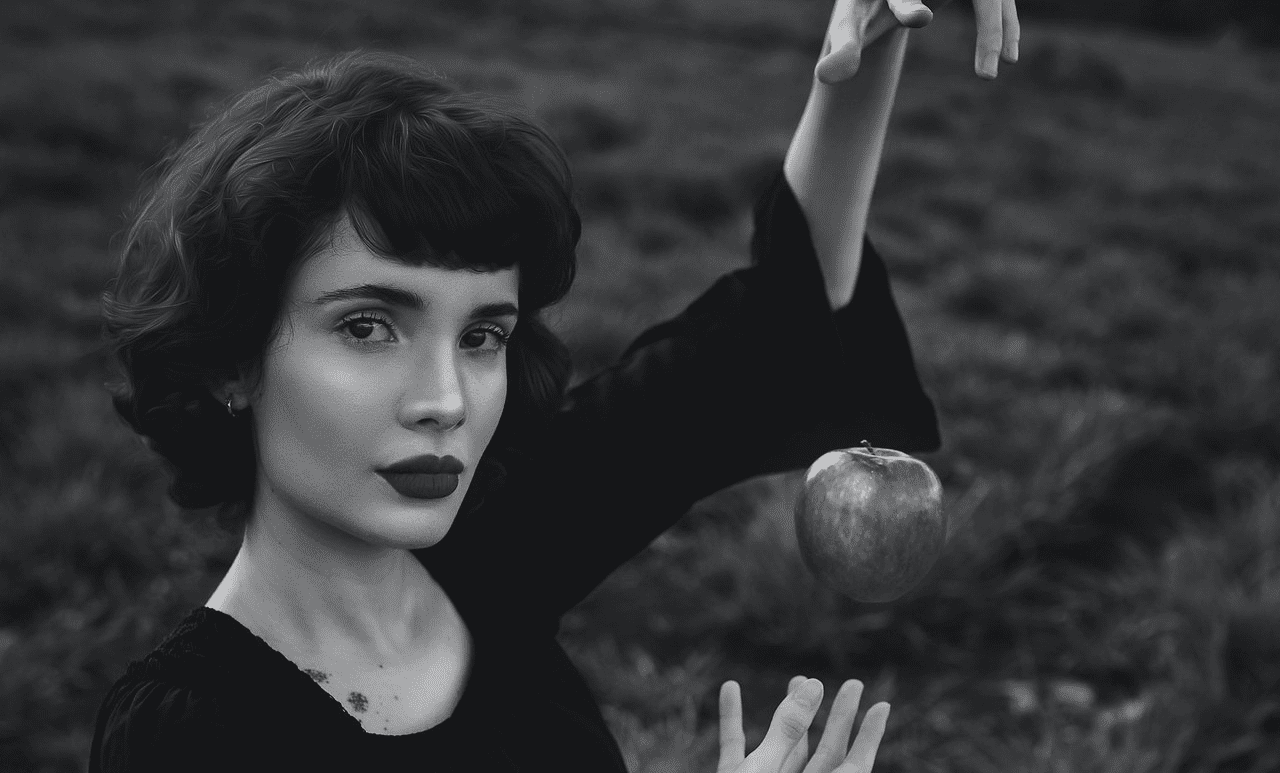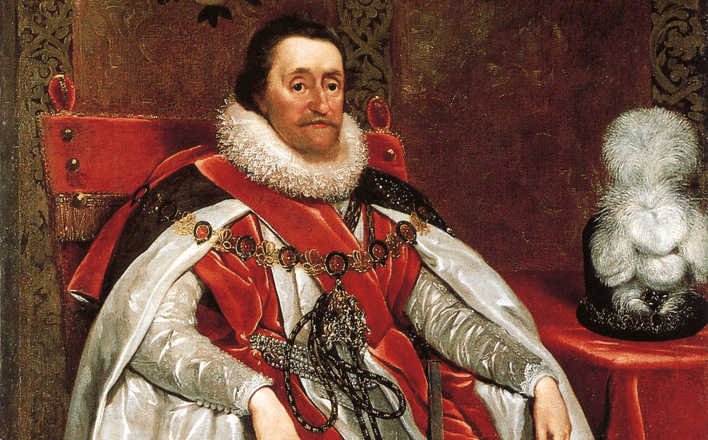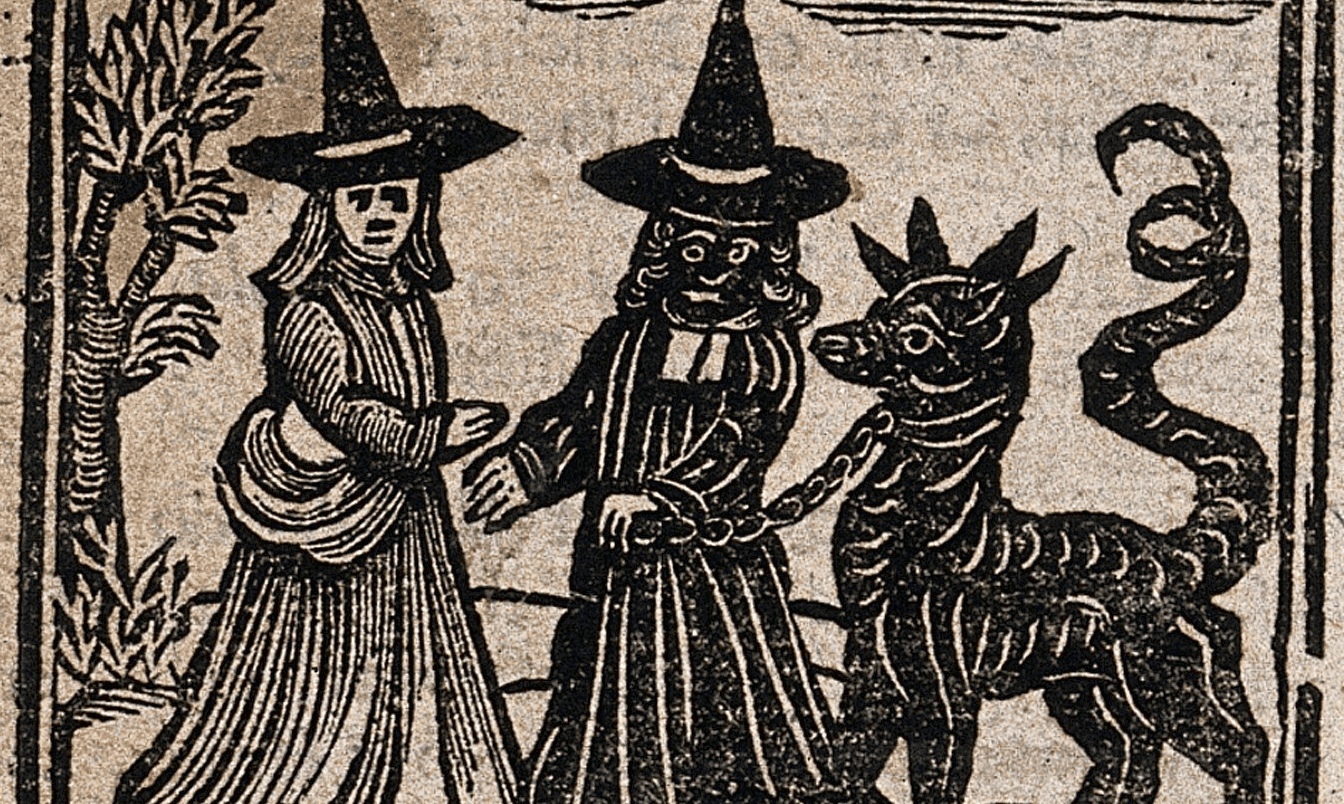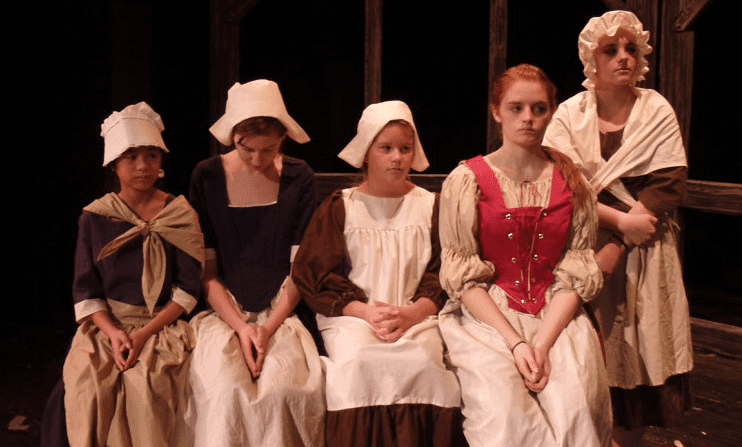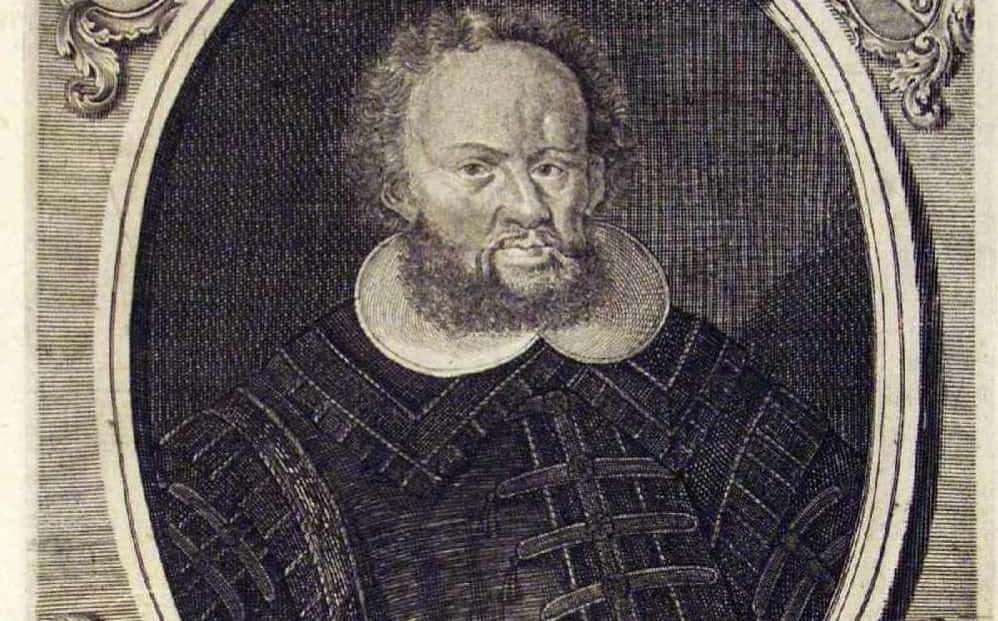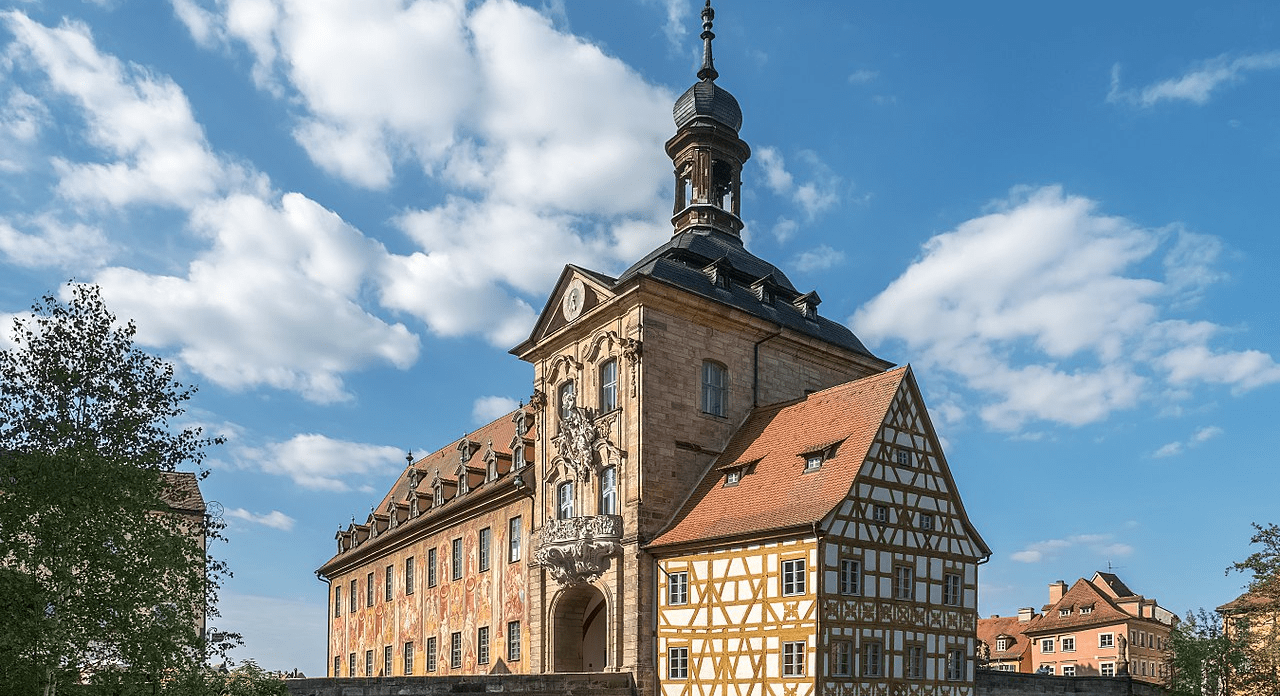For a long time, it was the most terrifying thing that could happen to a woman in history: a witch hunt. The accusations of witchcraft, the trials by the authorities, and the dreadful punishments for the guilty were all used to terrorize women. However, men weren’t completely exempt, as several witch hunts proved to deadly effect. What prompted witch hunts over the course of history? What happened? Were they as bloody as stories and dramatic recreations have made them seem to be? Are they still happening? Take a look below and find out.
1. Where Does It Originate? Everywhere, You Say?
The concept of witches concealed within ordinary people is a concern that spans across various cultures throughout humanity. The aim is to provide a handy explanation for random misfortunes by putting the blame on a scapegoat for whatever reason.

2. A Man Must Have a Code
The earliest known law codes made sure to include punishments for those found guilty of practicing bad magic. The ancient Babylonian lawbook known as the Code of Hammurabi declared that “If a man has put a spell upon another man and it is not yet justified, he upon whom the spell is laid shall go to the holy river; into the holy river shall he plunge. If the holy river overcome him and he is drowned, the man who put the spell upon him shall take possession of his house. "If the sacred river pronounces him free of guilt and he remains untouched, the person who cast the spell shall be subjected to termination of life".
 Wikimedia.Commons
Wikimedia.Commons
3. Call That an Overreaction?
According to the Roman historian Livy, 170 Roman women were executed in 331 BC in an unprecedented witch hunt. It supposedly stemmed from an epidemic that plagued the city that year.
4. Let’s Make This a Hobby!
In ancient Greek and Roman societies, there was a distinct veneration for Dionysus, the deity of fermented grape drink and feasts (he was known as Bacchus by the Romans). Drinking sessions were held in the god’s honor, leading to debauchery amongst his followers. These gatherings would eventually be suspected of engaging in witchcraft.
5. Time to Cancel This Hobby
Eventually, the worshippers of Bacchus, like a college frat party spilling out onto the campus grounds, were stamped out by the authorities. According to Livy, the senate of Rome began banning the “ecstatic rites” in 186 BC. Livy claimed that this was because "there was nothing wicked, nothing flagitious, that had not been practiced among them".
6. Burn Them All!
Just two years following the regulation on what was termed as the Bacchanals, records showed that more than 2,000 individuals lost their lives due to allegations of witchcraft owing to their continued worship of Bacchus through debauched acts in a state of intoxication. Another 3,000 people would lose their lives in the aftermath of yet another serious epidemic plaguing Rome. Rome had witch hunt fever!
7. In the Name of God?
The Hebrew Bible contains the simple and direct command, “Thou shalt not suffer a witch to live". This passage was carried over to the Old Testament. This kind of inflammatory language would inspire witch hunts amongst the Jewish and Christian populations for centuries.
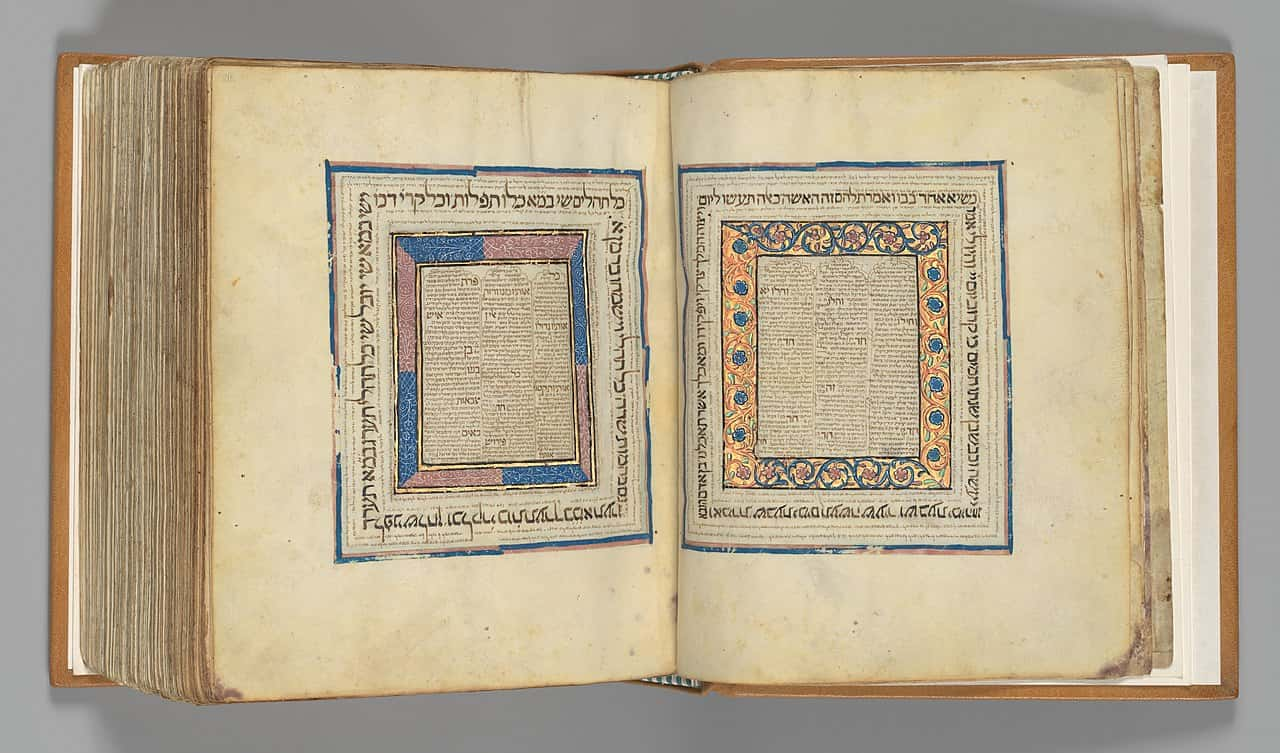 Wikimedia.Commons
Wikimedia.Commons
8. Unreliable Narrator
In the 6th century AD, the Eastern-Roman historian Jordanes wrote several accounts of his people, the Goths. In one such narrative, Jordanes asserted that several witches discovered among the Goths were banished into "solitary exile" due to their actions of sorcery. Of course, this account also gave a mythical report on the origin of the Huns, so who knows how much Jordanes was making up.
9. Witches in India
Accusations of witchcraft continue to be used to persecute women in India to this day. The allegations are seldom conveyed to law enforcement authorities, predominantly because many of the accused are economically disadvantaged women with limited literacy, residing in rural regions. However, less than 2% of those accused are apparently convicted.
10. There’s a Reason Hogwarts Was in England
Between the years 1450 and 1750, around 80,000 documented witch trials were held in Europe. Of those trials, nearly half of them resulted in executions. Many of these trials and executions were carried out in the lands contained within the Holy Roman Empire (Germany, Austria, etc.).
11. Accusations in Africa
In many African societies, there is no person despised or feared more than a witch. Consequently, allegations pertaining to witchcraft are handled with extreme gravity, leading to severe penalties for the proven guilty, or even merely for those who face the accusation, including the most extreme form of punishment.
12. Think of the Children
Among the many assorted victims of witch accusations in Africa, the worst affected are orphan children. Many are accused of witchcraft by those relatives who wish to justify their desertion, often subjecting them to harsh exorcism treatments, banishment, or in extreme cases, loss of life.
13. How Can We Persecute Something That Doesn’t Exist?
Contrary to what you might think, the Inquisitions in the Later Middle Ages weren’t exactly chomping at the bit to burn people for witchcraft. Accusations of witchcraft were actually viewed with great suspicion on the part of the Inquisition. They were actually of the mind to deny that there existed a parallel power to the will of God rather than admit that witchcraft was powerful and rampant!
14. Picking on the Poor
According to historians who studied the various cases of witches tried in Europe, the average person accused of being a witch “was the wife or widow of an agricultural laborer or small tenant farmer, and she was well-known for a quarrelsome and aggressive nature". While a few people of noble or aristocratic background were accused of witchcraft, the overwhelming majority of those accused came from lower income brackets.
15. Marked
One clear indicator used by witch-hunters to identify witches was looking for the Devil’s mark. This mark supposedly came about when the Devil would scratch, lick, or contact the witch in some way and put the mark on them. Usually, the mark was identified as a mole or a wart, which later inspired the idea of wart-covered witches that still show up around Halloween in our time.
16. Sins of the Parents
In the 17th century, people believed that witchcraft could be inherited, so if a court determined that a child had witches as one or both of their parents, that was reason enough to confirm the child’s guilt in witchcraft as well, despite a lack of any evidence.
17. Take Notes, Mr. Miller
The Salem Witch Hunt, so famously known in American history, began with the conflicts between a farming village and a successful town, both of which were covered under the name “Salem". The villagers wanted to secede from the town, and they established their own church in 1689. However, their Reverend Samuel Parris was so unpopular with his strict rules that by 1691, the villagers had ceased to provide funds for his salary. This tumultuous time was when the reverend’s 9-year-old daughter, Betty, and her cousin, Abigail Williams, began exhibiting strange behavior, scaring several of the adults.
18. Whose Fault Was It?
Betty and Abigail’s contortions, speaking in tongues, and other wild behavior was eventually blamed on Tituba, a woman from Barbados who was enslaved by Reverend Parris. Tituba had told them stories, supposedly, but when pushed to name names, the girls accused her of witchcraft, ensnaring them, and bringing them into the devil’s service. They also accused a widow named Sarah Osborne and a beggar woman named Sarah Good. All of the women accused were women at a disadvantage within their society.
19. Where’s the Proof?
Despite all that we know of Ancient Athenian society, no record of a law against sorcery or magic has yet been discovered. The closest they came to accusing individuals of witchcraft was the use of their knowledge of poisons for lethal intent. Women were typically the ones blamed for maliciously contaminating their relatives or spouses.
20. That’s About 25,000 Too Many
According to some sources, an estimated 60% of the 25,000 homeless children living in the capital city of the Democratic Republic of Congo were driven out of their homes after the children were accused of witchcraft.
21. The Two Balthasars
From 1603 to 1606, witch trials were held in the city of Fulda in Germany. The trials were overseen by the abbot Balthasar von Dernbach and his ally Balthasar Nuss. During this witch hunt, more than 250 people were executed as a result of the trials. It continues to be one of the four largest witch hunts held in Germany.
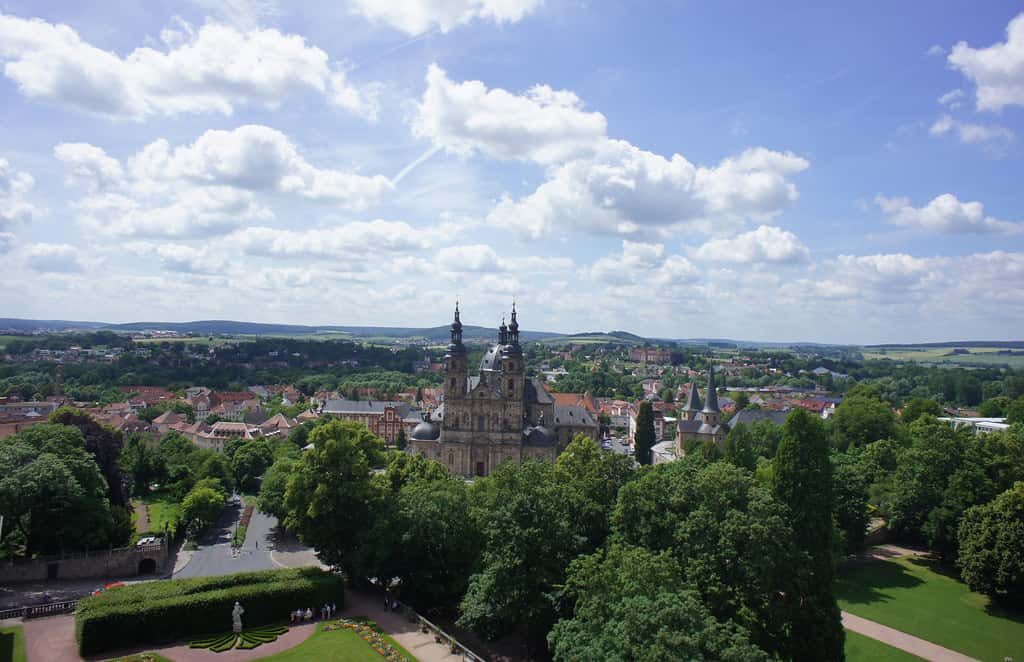 Flickr
Flickr
22. The Demise of Merga
The most prominent victim of the Fulda Witch Trials was Merga Bien. She was apprehended and held in custody until she admitted to the wrongdoing involving her second husband and all their children. Her third husband attempted to save her life by protesting that she was pregnant and could not be executed. Sadly, this was used against her; Bien was questioned how she could have gone through 14 years of marriage with her third husband without having produced a child until just now. She was forced to “confess” that her pregnancy had been brought about by Satan himself. In 1603, Bien was burned alive at the stake.
23. What Goes Around…
The witch trials of Fulda came to an end shortly following Balthasar von Dernbach's passing in 1605. Balthasar Nuss, meanwhile, was accused of making a profit off the witch hunt and was imprisoned as a result. In 1618, Nuss was beheaded in a ceremony, presumably attended by family members of the 250 individuals he had assisted in sentencing to their ultimate end.
24. Someone Invent Habeas Corpus!
In total, up to 200 people were accused of witchcraft during the Salem Witch Trials. Many of them were jailed without being given a trial for many months. Ultimately, 14 women and five men were executed, as well as, bizarrely, two dogs who were found guilty of being involved in witchcraft.
25. Lasting Legacy
The Salem Witch Hunt became so controversial that it has been used since as a cautionary tale against the dangers of theocracy, or rule by religion. The aftermath oversaw a shift in American history away from the rule over communities by religious leaders; the victims of the trials were posthumously pardoned (for all the good that did them), and their plight has been preserved in film and literature ever since, most notably the famous Arthur Miller play The Crucible.
26. Another Day, Another Victim
The application of force during witch trials throughout Europe's history was sanctioned in 1468 when "the Pope declared witchcraft to be 'crimen exceptum,'" essentially decreeing that witch hunts could utilize any required methods to extract confessions from suspected witches. These violent methods included sleep deprivation, humiliation, and utilizing extreme heat on the body of those accused.
27. Wait, the Inquisition Is the Mild Bunch??
Although the Spanish Inquisition was reluctant to pursue witches, there was one major attempt on their part to root out sorcery amongst the Spanish population. However, among over 7,000 cases scrutinized, merely a select few lost their lives as a result of execution by fire or the impacts from interrogation. This was partly because of the immense skepticism in Spanish society that witchcraft existed.
28. Old Witch
As described by the ancient Athenian politician Demosthenes in one of his speeches, Theoris of Lemnos was a “filthy sorceress” who was accused of witchcraft, though the details of her trial are lost to history. Whatever she was guilty of, she and her children were executed. Despite the gaps in information, Theoris of Lemnos’ case is the most detailed account of a witchcraft accusation in the history of the Classical Greek period.
29. Mistrial, Anyone?
In 1590, a witch hunt broke out in North Berwick, Scotland. The trials ran for two years, leading to at least 70 people being implicated. People were accused of bringing misfortune about through the Devil’s magic, and several prominent figures in the trials were violently interrogated until they confessed.
30. A Scottish Incident Inspiring Writers
The North Berwick Witch Trials would be written about in Daemonologie, a 1597 dissertation on the subject of witchcraft by none other than King James I of England and Scotland. This would, in turn, lead to William Shakespeare turning to witchcraft for a new play of his to try and entertain the king. This play became known as Macbeth.
31. Nowadays, Netflix Would Show It
In 1922, the film Häxan was released in Scandinavia. The film followed a documentary-style approach to the history of witch hunts in Europe. Häxan was prohibited in the United States because of its explicit content. It has since been hailed as a classic film from Scandinavian cinema.
 Häxan (1922), Svensk Filmindustri
Häxan (1922), Svensk Filmindustri
32. Stop Preaching
In 2008, the BBC aired a documentary named Saving Africa’s Witch Children, detailing the trials and harsh treatment faced by over 15,000 children in Nigeria. These children have experienced severity and neglect stemming from allegations of witchcraft.
33. Lackaday…
Scottish historian Christopher Smout strongly believes that between the years 1560 and 1707, up to 4,000 women in Scotland lost their lives due to accusations of witchcraft.
34. What Really Happened?
What actually caused those girls in Salem to have the fits? Many possible answers have been proposed, but one likely explanation is that they were suffering from some kind of natural medical afflictions. The community, beleaguered with hardships already, then overreacted. Another quite unsettling theory put forward by researchers, such as behavioral psychologist Linnda Caporael, suggests that Salem underwent an ergot infestation. The people of Salem often ate rye bread, and in wet, swampy conditions (which Salem had at the time), rye can foster a fungus called ergot. Ergot can lead to hallucinations, convulsive fits, and occasionally fatal consequences. Even more interesting, the summer of 1692 was a dry one, and coincided with the apparent end of the bewitchments.
35. It’s a Living!
In the age of witch hunts in Europe, a business emerged around identifying witches. These witch-hunters would employ various measures to ascertain whether a person was a witch. They would resort to inflicting cuts on the accused to see whether they bled or not, or they would throw them into the river ascertain whether the water would reject them. This was underpinned by the belief that witches had reneged on their baptism. One of the most famous of these witch-hunters was Matthew Hopkins, who claimed the title “Witchfinder General".
36. That's Cold...
In the 16th and 17th centuries, there was a period of time where the temperatures across Europe dropped considerably. It’s since been called the Little Ice Age, and at the time, it was blamed on witchcraft. As a result, there was a witch hunt in Bamberg, Germany that lasted from 1626 to 1631. Johann Georg Fuchs von Dornheim, a Prince and bishop, was the driving force behind the trials, which ended up executing over 1,000 people accused of witchcraft.
37. Going Too Far
Eventually, the panic and paranoia of the population in Bamberg faded—but only because it became clear that anyone and everyone was in danger of being accused and executed. Things finally reached a breaking point when a wealthy merchant named Dorothea Flock was taken into custody in 1629. Her husband frantically appealed to the supreme court—and was almost successful—when the witch trials doubled down on their bloodthirstiness. Flock was executed just a half an hour before the messengers from the court arrived with the mandate to set her free. Her surprising demise ultimately resulted in armed forces taking control of Bamberg, while Bishop von Dornheim escaped to save his life.
38. Conquering Pop Culture
Matthew Hopkins’ life has been portrayed in film and literature, albeit in a very fictionalized manner. Arguably the most well-known adaptation of Hopkins’ life is the 1966 novel Witchfinder General. It was immediately followed up with a 1968 horror film adaptation starring legendary British character actor Vincent Price as Hopkins.
 Witchfinder General (1968), Tigon British Film Productions
Witchfinder General (1968), Tigon British Film Productions
39. All We Can Do Is Guess
Saudi Arabia remains relentless in seeking out those who engage in witchcraft or sorcery. Owing to the opaque nature of Saudi Arabian society, it's unfeasible to ascertain the count of individuals who have lost their lives due to any purges conducted by the authorities or the herd mentality of less populated areas.
40. Blood for Blood
In the Judaean city of Ashkelon during the 1st century BC, Rabbi Simeon ben Shetach reportedly condemned 80 women accused of witchcraft in a single day. In revenge, the relatives of those women brought forth accusations against Shetach’s son, causing the young boy to be executed as well.
Sources: 1, 2, 3, 4, 5, 6, 7, 8, 9, 10, 11, 12, 13, 14, 15, 16, 17, 18


